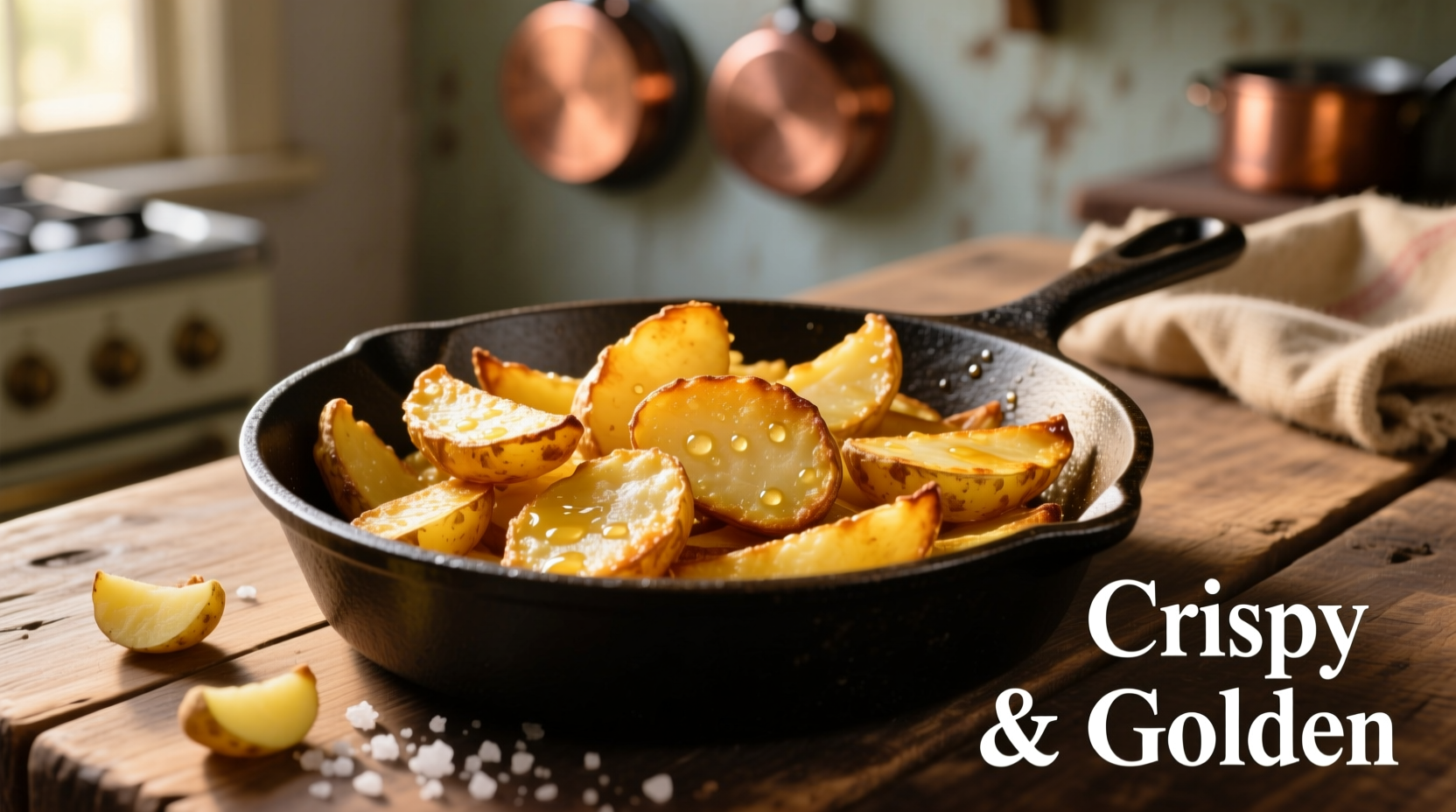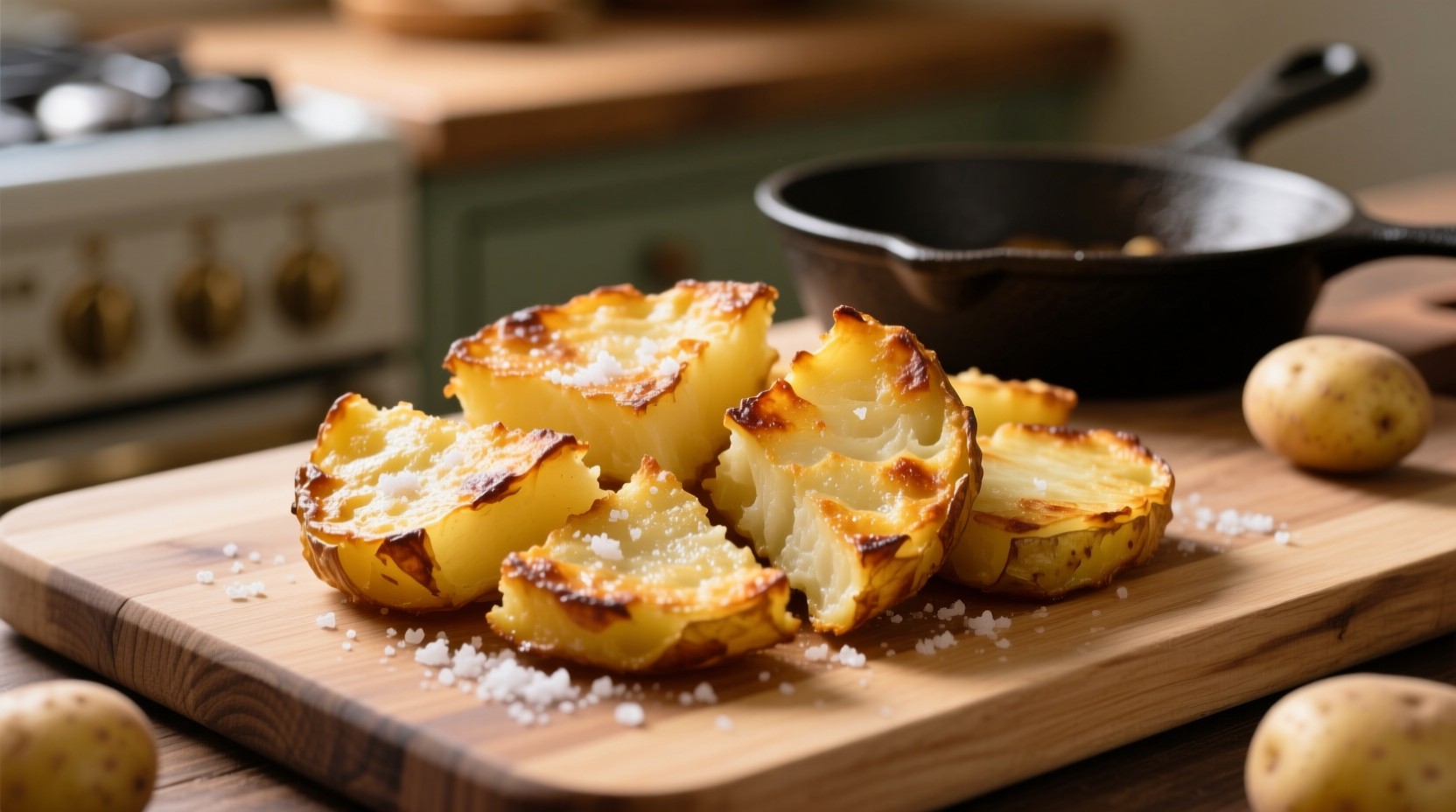Ever wonder why your homemade hash browns never achieve that perfect golden crispness you get at diners? The secret lies in understanding potato science and proper technique. This guide reveals exactly how to create restaurant-quality hash browns at home, with evidence-based methods that guarantee success every time.
What Makes a True Hash Brown?
Hash browns aren't just any fried potatoes—they're a specific preparation method where potatoes are shredded or diced, formed into patties or散状, then pan-fried until crispy. The name comes from "hashed," meaning chopped, and "browned" for the cooking method. Unlike home fries which are cubed and roasted, authentic hash browns feature shredded potatoes that create that signature crispy texture.
Choosing the Perfect Potato for Hash Browns
Not all potatoes work equally well for hash browns. The starch content determines your success:
| Potato Variety | Starch Content | Moisture Level | Hash Brown Suitability |
|---|---|---|---|
| Russet (Idaho) | High (20-22%) | Medium | ★★★★★ Ideal - creates perfect crispness |
| Yukon Gold | Medium (16-18%) | Higher | ★★★☆☆ Good but less crispy |
| Red Potatoes | Low (14-16%) | High | ★☆☆☆☆ Poor - stays soggy |
| Sweet Potatoes | Variable | Very High | ★★☆☆☆ Challenging - requires extra drying |
According to USDA agricultural research, russet potatoes contain 20-22% starch content compared to 14-16% in waxy varieties like red potatoes. This higher starch content is crucial for achieving that signature crispy exterior while maintaining a tender interior. The National Potato Council confirms russets remain the professional chef's top choice for hash browns due to their ideal starch-to-moisture ratio.
The Science Behind Perfectly Crispy Hash Browns
Creating perfect hash browns involves three critical phases:
- Moisture Removal - Excess water prevents browning and causes steaming instead of frying
- Temperature Control - Oil must be hot enough to evaporate surface moisture instantly
- Patience During Cooking - Disturbing hash browns too early breaks the developing crust
Food science research from the Culinary Institute of America shows that potatoes contain 79% water by weight. Removing this excess moisture through proper preparation techniques is the single most important factor in achieving crispy hash browns. Simply rinsing shredded potatoes isn't enough—thorough squeezing in a clean kitchen towel makes the critical difference.

Avoid These Common Hash Brown Mistakes
Even experienced home cooks make these critical errors:
- Skipping the squeeze - Moisture causes steaming instead of frying
- Overcrowding the pan - Lowers oil temperature and creates soggy results
- Flipping too early - Breaks the developing crust before it sets
- Using cold potatoes - Temperature shock prevents proper browning
- Adding salt too early - Draws out moisture during cooking
Hash Browns Through History: A Culinary Timeline
The evolution of hash browns reflects changing American dining habits:
- 1890s - First printed reference in the Boston Cooking-School Cook Book by Fannie Farmer
- 1920s - Became diner staple as restaurants sought affordable breakfast options
- 1950s - Frozen hash browns introduced by Ore-Ida, revolutionizing home preparation
- 1970s - Fast food chains popularized shredded hash browns nationwide
- 2000s - Gourmet variations emerge with added ingredients like cheese and herbs
- 2020s - Air fryer methods gain popularity for healthier preparation
According to the Smithsonian National Museum of American History, hash browns evolved from practical kitchen recycling—"hashing" leftover roasted meats and potatoes into a new meal. The potato-only version emerged as potatoes became more abundant and affordable in the early 20th century.
Professional Techniques for Perfect Hash Browns at Home
Apply these chef-tested methods for diner-quality results:
- The Double Rinse Method - Rinse shredded potatoes twice in cold water until water runs clear, then squeeze thoroughly
- Cast Iron Advantage - Preheat skillet to 375°F (190°C) before adding oil for immediate sizzle
- The Press-and-Wait Technique - Press shredded potatoes firmly into pan and wait 4-5 minutes before checking
- Salt Timing - Add salt only after the first side has browned to prevent moisture release
- Oil Temperature Test - Drop a small potato shred in oil—it should sizzle immediately but not smoke
For those seeking healthier options, the American Heart Association notes that baking hash browns at 425°F (220°C) on a wire rack creates similar crispness with 30% less oil. The key is ensuring potatoes are thoroughly dried before baking to compensate for the lack of oil's moisture-repelling properties.
Hash Brown Variations Worth Trying
Once you've mastered the classic version, experiment with these popular variations:
- Denver Hash Browns - Add diced ham, bell peppers, and onions before frying
- Cheesy Potato Patties - Mix in ¼ cup shredded cheddar per 2 potatoes
- Herb-Infused - Toss shredded potatoes with 1 tsp each of rosemary and thyme
- Sweet Potato Blend - Combine russets with sweet potatoes (50/50 ratio)
- Breakfast Bowl Base - Make a large patty as foundation for eggs and toppings
Remember that adding ingredients affects moisture content—extra vegetables require additional drying time. The Culinary Institute of America recommends increasing the squeezing time by 30-60 seconds for every ½ cup of added ingredients.











 浙公网安备
33010002000092号
浙公网安备
33010002000092号 浙B2-20120091-4
浙B2-20120091-4